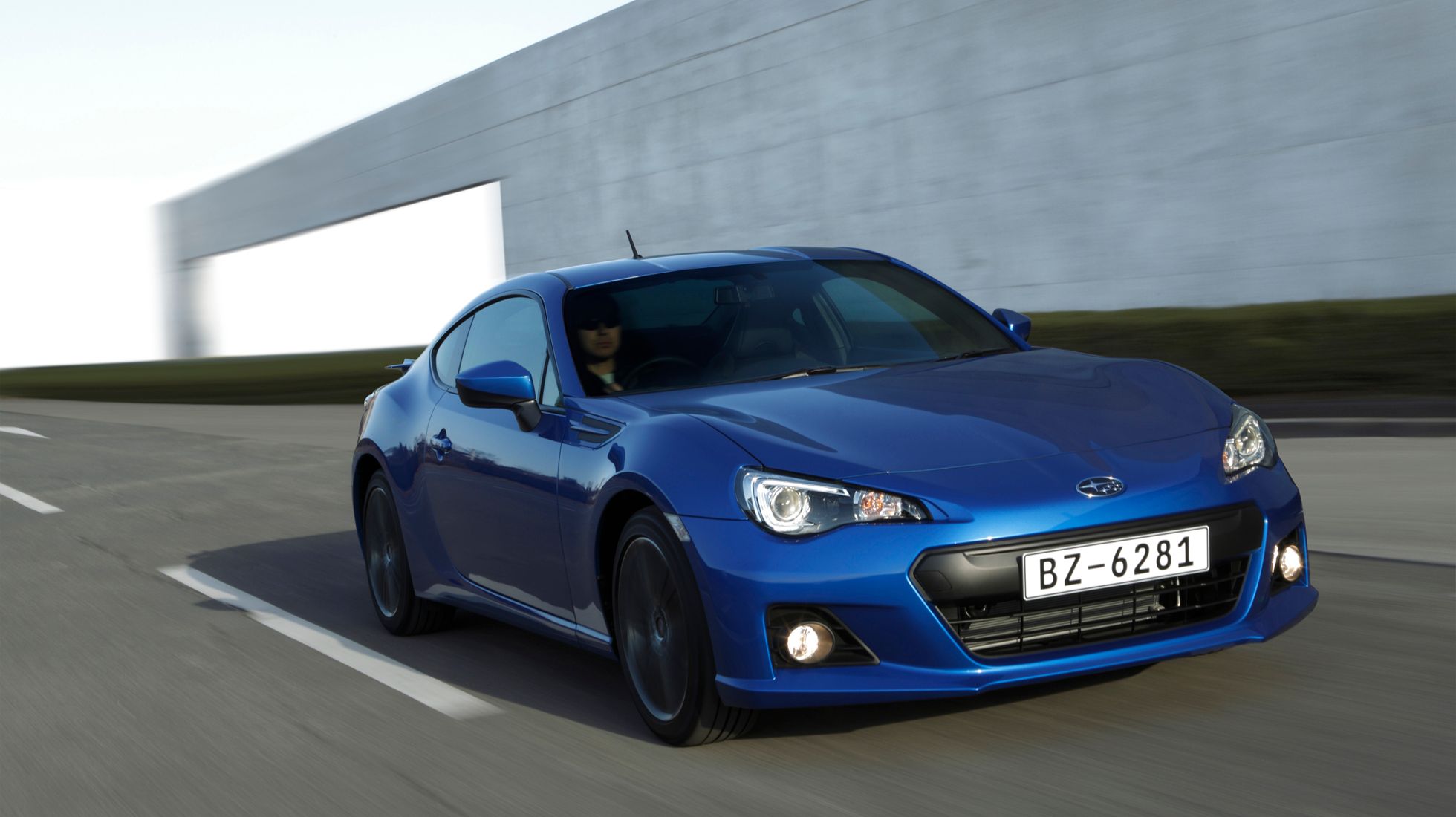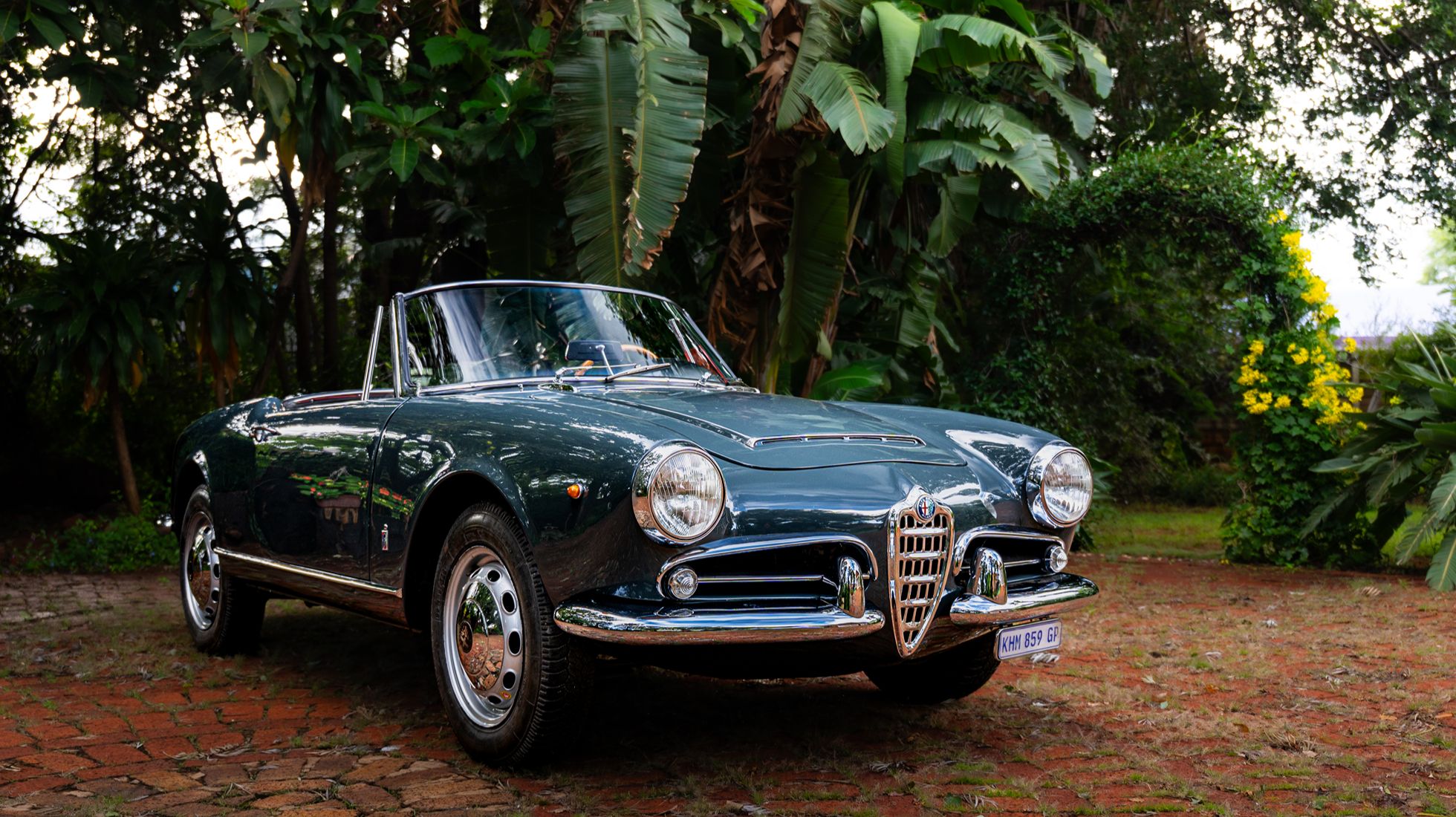Comparison: Suzuki Baleno and Toyota Starlet
The formed alliance between two giant Japanese marques, Toyota and Suzuki has, so far, proven to be a successful one. It saw the birth of the Baleno-based Starlet in 2020, which immediately became a star in its respective segment.
Manufacturers form this kind of partnership to leverage each other's strengths and compete in an ever-evolving automotive market. From the Suzuki-Toyota partnership, the Vitara Brezza and Urban Cruiser crossovers were born wielding superb attributes like low economy figures and relatively low maintenance costs, to name a few.
On the other side of the spectrum, the Baleno and Starlet recently entered their second iteration and like before, they share the same powertrain, transmission and interior design cues; and yet they couldn't be more different in how they go about their business or appeal to potential customers.
So, the two near-identical vehicles ended up in the TopGear SA parking lot with Jordan Schmidt getting to grips with the Starlet, while Ntsako Mthethwa saddled inside the Baleno. We knew straightaway that a comparative review had to be done, and here it is…
Styling
.jpg)
Ntsako: The Suzuki Baleno in GLX manual guise slots just below the automatic variant. It features stylish design elements that are easy on the eye and a little more swoopy than its forebear. Suzuki was able to meet the demands of buyers given the fact that the variant we spent time at the helm of boasts LED projector headlights with integrated LED daytime running lights, chrome door handles, and polished 16" alloy wheels wrapped around with 195/55 rubbers. It's by no means an ugly car.
Jordan: The Toyota Starlet, on the other hand, boasts an almost identical body to the Suzuki. It's stylish yet soft-looking which, to be honest, blends into the traffic. The Starlet does come with a different front end and looks a touch more aggressive than the Suzuki. This is due to its chrome accents and more aesthetically pleasing headlight design.
The Verdict: On styling, the Starlet is the better-looking variant; however with the badges removed, they're hard to tell apart.
Similarities and Differences
.jpg)
Ntsako: The Suzuki Baleno has some nice-to-have add-ons over and above the Starlet. There are cloth-covered seats, a rearview camera, a 9" infotainment system that supports Apple CarPlay and Android Auto connectivity, a 4.2" colour information display, an automatic dimming rearview mirror, cruise control, a 360-degree view camera, a head-up display, three USB ports, a front centre armrest with slide function, a height-adjustable driver's seat and automatic headlights.
Underneath, the Baleno does away with the 1.4-litre unit and now packs a 1.5-litre naturally-aspirated engine with 77 kW and 138 Nm of torque mated to a 5–speed manual transmission that drives the wheels.
.jpg)
Jordan: The Starlet, on the other hand, lacks a few rather sophisticated features that are offered as standard with the Beleno. While the Starlet doesn't come with a 360-degree view camera or a heads-up display. Besides that, I was astounded by just how similar these cars are. Take the badges away, and you'll have a hard time telling them apart.
From a driving point of view, the Starlet and Baleno have identical drivetrains and power units. You can expect an easy-going and comfortable driving experience no matter your preferences.
The Verdict: Despite being so similar, the Suzuki takes the cake as it simply has more options.
The Drive
.jpg)
Ntsako: Starting with the Suzuki Baleno, the additional power units offered by the new powerplant make a significant difference. Naturally-aspirated engines tend to struggle at high altitudes, but the 1.5-litre engine provides performance that proves more than sufficient.
In general, the Baleno remains easy to live with and it's comfortable on the road. In essence, that's what subcompact cars are all about. However, the biggest letdown is the lack of sixth gear, stability on the open road at certain speeds, and wind noise entering the cabin. In and around town it shines with good comfort thanks to a responsive and light steering feel and a tight turning circle.
Jordan: The Starlet is the perfect run-around car. It's smooth and easy to drive; the clutch is light, and there's enough power to get you around swiftly. As Ntsako said, the Starlet also is in dire need of a sixth gear as you have to rev the car quite hard to keep up with highway traffic.
The Starlet had what some would consider the tardis effect regarding space. What I mean by that is the car seems small from its initial exterior impression. However, once entering the cabin, there's a surprising amount of room, which is almost unbelievable. As a 6'1" man with the driver's seat in my driving position, I can sit in the back perfectly comfortable with breathing room. I was impressed, to say the least.
The Verdict: Due to the identical powertrain, chassis and transmission, there were no tangible differences between the two vehicles and no clear winner.
Which one is more economical?
Ntsako: When it comes to fuel economy, it's safe to report that the Baleno shines in this department and it does so without even really trying. During my time with it, I averaged a combined cycle of 5.2l/100 km. Out on the open road, the figures would waft around a respectable 4.8l/100 km.
Jordan: Now, without sounding like a broken record, I'd like to reiterate the fact that mechanically the cars are identical, so you'd expect the Starlet to reflect identical statistics as the Baleno. However, the Starlet seemed to have been a little more thirsty than its twin. I battled to get the car to 5.2l/100 km and had a consistent 5.6l/100 km on my dash. Now we aren't scientists, and testing was primarily done in varying environments. Also, I expect the weight of my right foot to play a role here.
Pricing and Service Plans
.jpg)
Ntsako: This is where things start to get rather interesting and by far, the Baleno is unbeatable, thanks to a 5-year/200,000 km warranty, a 4-year/ 60,000 km service plan and a price tag of R275,900. These attributes undoubtedly sweeten the deal for customers across South Africa.
Jordan: The pricing for the Beleno is reasonable, so you'd expect the Toyota to come in at the same price, or even less given the lack of some standard equipment. The Toyota Starlet Xr Manual comes in at R294,900, with a 3-year/45,000 km service plan and a-3 year/ 100,000 km manufacturer warranty. We find it puzzling that there's such a sizeable difference.
Which one to buy?
So now the question of which one to buy. The answer is obvious, being the Suzuki Beleno. The Suzuki comes with more tech; notably the 360-degree camera and heads-up display, for almost R20,000 less. It also comes with a more extensive warranty and service plan.
However, Toyota is running circles around Suzuki as South Africans have a brand preference, notwithstanding the fact that it boasts a larger dealer network. In July of this year, Suzuki sold 466 Balenos, while Toyota sold 1,264 Starlets.
Both cars are brilliant; they cater to the more efficient family lifestyles and are a good option for people looking for a comfortable, spacious and economical hatch. But, in our opinion, and from a value perspective, the Suzuki Baleno is the car to buy.
Words: Ntsako Mthethwa & Jordan Schmidt Images: Jeff Zonke









.JPG)



.jpg)









%20(1).jpg)






.jpg)









%20(1).jpg)
.jpg)
.jpg)




.jpg)






.jpg)

.jpg)
.jpg)
.jpg)
.jpg)
.jpg)
.jpg)

.JPG)

.jpg)
.jpg)
.jpg)
.jpg)


.jpg)
.jpg)

.jpg)
.jpg)

.jpg)

.JPG)

.JPG)
.JPG)
.jpg)












%20(1).jpeg)



.jpg)





%20(1).jpg)






.jpg)
.jpg)

.jpg)
.jpg)
.jpg)
.jpg)
.jpg)
.jpg)
.jpg)
.jpg)
.jpg)
.jpg)


.jpg)
.jpg)

.jpg)
.jpg)
.jpg)
.jpg)
.jpg)




